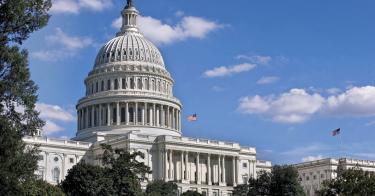The Senate will soon return from its August recess. What kind of judicial-confirmation progress should we expect during the rest of the 116th Congress?
Senate Democrats are sure to claim that the so-called “Thurmond Rule” requires the confirmation process to shut down early next year. Here’s a close look at this claim; it’s not a rule, and it did not originate with Senator Strom Thurmond (R., S.C.). In fact, even calling it an informal tradition is too strong.
A more important consideration is also the most practical: the work that needs to be done filling judicial vacancies across the country. As if it needs to be said, the judiciary cannot do its work without judges.
Here’s where we stand today. The confirmation push in July means that, for the first time, judicial vacancies today are below their level when President Donald Trump took office. Still, 12 percent of the judiciary is empty, compared with an average of 10 percent under the previous five presidents at this point. The judiciary remains in its longest period of triple-digit vacancies in nearly three decades.
The federal judiciary’s administrative office designates certain vacancies as “emergencies” because they have been open so long and have a negative effect on judicial caseloads. More than 55 percent of current vacancies are in this emergency category, compared with an average of 41 percent at this point under the previous several presidents. Vacancies are 54 percent above the level Democrats said was a “crisis” under a Democratic president.
This piece originally appeared in National Review




